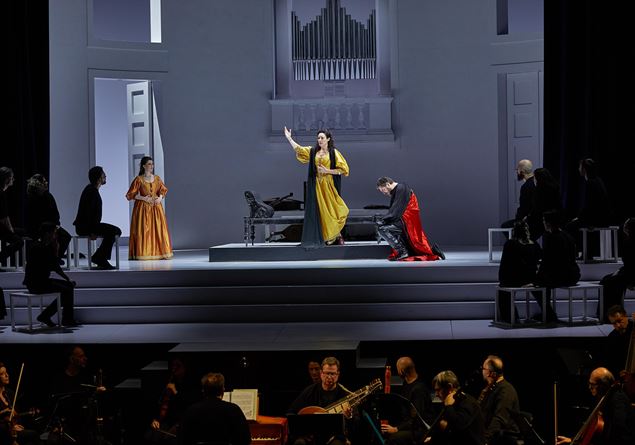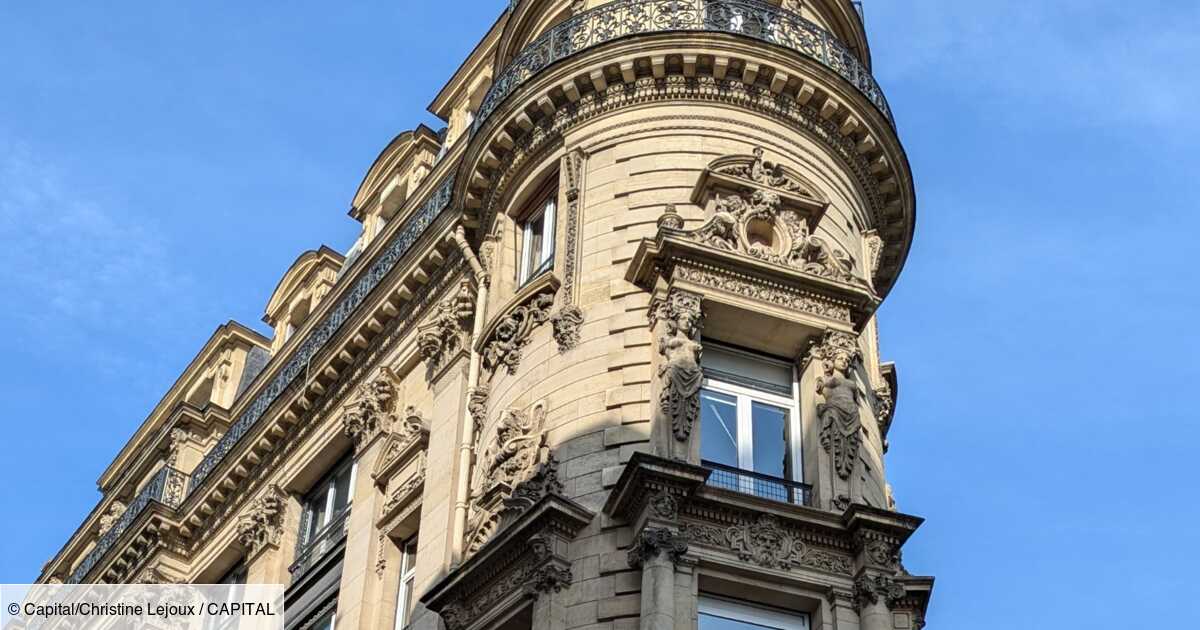
Long live Pier Luigi Pizzi. At 94 years old, the Milanese director, set designer and costume designer continues to give us emotions, elegance and beauty. He does it on his own at the Alighieri Theater in Ravenna on the occasion of the Autumn trilogy of the Ravenna Festivalin which Pizzi curated two new productions with the musical part entrusted to Byzantine Academy directed by Ottavio Dantone. The first is The return of Ulysses to his homeland by Claudio Monteverdi, while the second is dedicated to the English composer Henry Purcell, whose Ode to Santa Cecilia embeds Dido and Aeneas.
Pizzi, probably the oldest musical theater director around (but looking at him, still lucid, agile and agile, you wouldn’t really think so) has the merit of putting together casts of young artists, from whom he manages to get the best out of shows of a prodigious freshness. “You can grow old without discomfort only if you are lucky enough to wake up every morning with a project in mind. This gives meaning to the whole day and also to the days to come. This is why ultimately the theater has been and continues to be the reason for my life”, explains Pizzi, revealing the secret of his longevity.
“What ‘holds together’ the works on the same stage, one evening after another, is a common scenic device,” explains the director, who also takes care of the sets and costumes (the very beautiful lights are by Oscar Frosio), “It is a place of memory, a cultural space where two actions take place which, although living in the same architecture, must each breathe according to their own peculiarities and above all according to the uniqueness of the score and the libretto”.
“For style and rhetoric, or the art of well composing, I consider The return of Ulysses to his homeland the true opera among those remaining by Monteverdi, as well as one of the most beautiful operas ever written,” he says Ottavio Dantonewho conducts the orchestra from the harpsichord in full view in front of the stage. The show staged at the Alighieri Theater captivates and enchants. Applause for Mauro Borgioni’s Ulysses, Delphine Galou’s Penelope and Valerio Contaldo’s Telemachus. But all the performers leave their mark.
The Dido and Aeneas sprouts inside theOde to Santa Cecilia. Pizzi takes us inside a music school, animated by the vitality of the young students, who express the joy of making music and the spontaneity of improvisation. So the students engaged in fun celebrations in honor of the patroness of music decide to represent the events of the Trojan hero and the Carthaginian queen. So here is the theater within the theatre: a curtain, a bed and student singers who also become spectators. Mauro Borgioni this time plays the role of Aeneas, while Arianna Vendittelli is a splendid Dido. The appearances of the witches are beautiful, in which the scene is colored fiery red. After the death of the unhappy queen, the stage still comes alive with young students, who cheerfully close the party in praise of the patroness of music. The audience experiences the show alternating fun and deep emotions for the love story of Aeneas and Dido. At the end applause for everyone.
Endless applause also for the final gem of the trilogy, the recital by the Polish countertenor Jakub Józef Orlinski. Orliński and the ensemble The Golden Apple they propose Beyond | Orliński. The recital included vocal and instrumental pieces by composers of the early Italian Baroque, very well known in life and almost forgotten today: in addition to Claudio Monteverdi, Giulio Caccini, Johann Caspar Kerll and Francesco Cavalli, we listened to music by Pallavicino, Marini and Jarzebski. Orlinski remained on stage for an hour and ten singing and acting, also showing his much appreciated dancing skills (he performed, unfortunately in the downpour, also during the opening ceremony of the Paris Olympics). At the end four sensational encores and a crowd waiting in the street, outside the artists’ entrance. Orlinski makes himself wait, but Pier Luigi Pizzi appears (who went to compliment the countertenor) and then the applause breaks out for the venerated maestro. He smiles, thanks, waves goodbye and walks briskly towards the square. Certainly, with a head full of projects.
(photo Zani-Casadio)







